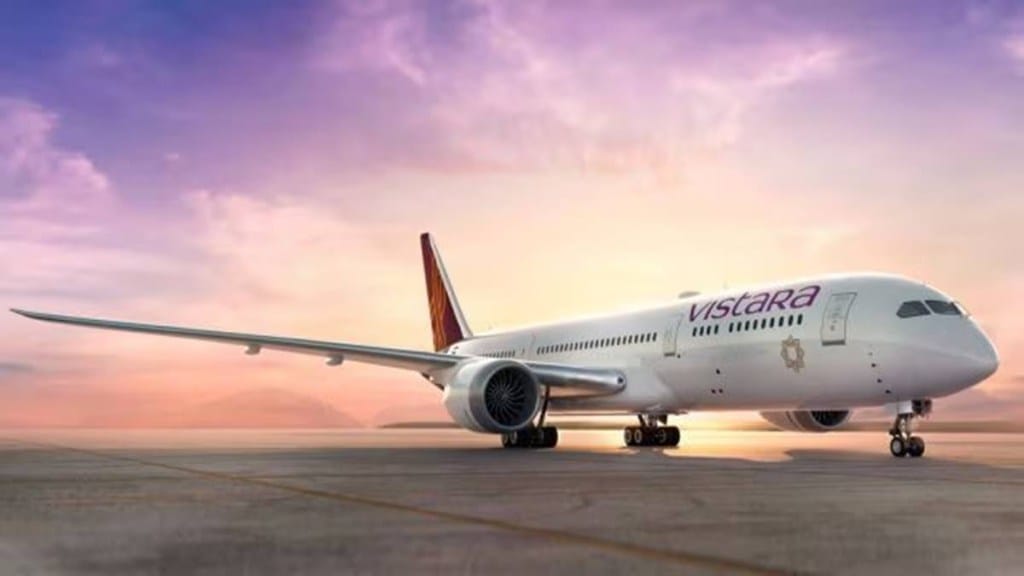Vistara, the joint venture between Tata and Singapore Airlines officially concluded its operations at midnight on November 12, 2024. After almost 10 years and more than five million flies, Vistara has left a long-lasting impact on Indian aviation. As social media floods with nostalgic farewell posts for the airline, let’s take a look at the achievements and challenges that shaped Vistara’s journey.
Known for its commitment to superior services and innovative concepts, the airline launched options like Premium Economy and a sleek retro-jet livery. In due course, Vistara transformed itself into a more balanced seating arrangement which included 132 economy seats, 24 premium economy, and 8 business class on the A320 neo aircraft.
While Premium Economy services were not a hit among travelers as was expected, it laid the groundwork for similar upgrades which are now being undertaken by Air India. As per the latest report, Air India is all set to upgrade its fleet with this class, Vistara’s groundwork will be able to provide valuable insights. With this upgrade, Air India is anticipated to narrow the legroom gap in economy class and will offer more legroom for spacious seating to its flyers.
Vistara was the first Indian airline to introduce the advanced Boeing 787-9 Dreamliner complete with Premium Economy, thus providing an attractive option for long-haul travellers. Air India operated 787-8 variants, Vistara’s decision to add 787-9 also displayed its dedication to offering an enhanced experience for international flyers.
A distinguishing aspect of Vistara’s identity was its livery, with the airline introducing a retro-themed jet in 2018 that had its own space in India’s uniform airline sector. This move made the airline develop a connection among travelers and made it stand out amongst its competitors. Despite high demand and a strong brand reputation, Vistara was not able to generate profits from its operations. The Indian aviation market’s competitive nature and fluctuations in demand made financial success a challenge even for an airline that was backed by strong players like Tata and Singapore Airlines. Vistara’s merger with Air India marks the end of an ambitious chapter but will also serve as a learning experience for the combined entity.

